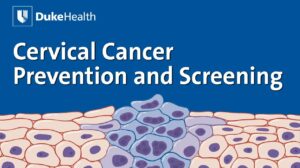NEW YORK (Reuters Health) – Among women undergoing labor induction, the rate of vaginal delivery within 24 hours is higher when a double-balloon transcervical catheter rather than a sustained-release prostaglandin vaginal insert is used for cervical ripening, Italian clinicians have shown.
“This study adds to previous literature supporting potential advantages of mechanical methods of pre-induction cervical ripening over pharmacologic agents,” they comment in their report in the American Journal of Obstetrics and Gynecology online June 4.
Dr. Antonella Cromi, at the University of Insubria in Varese, and colleagues explain that the use of sustained-release ripening pessaries has increased, but data comparing this approach to mechanical methods are scarce.
They therefore conducted a randomized trial in which 210 women undergoing labor induction with a Bishop score of 6 or less were assigned to cervical ripening with either a double-balloon catheter (Cook Cervical Ripener Balloon) or a 10-mg controlled-release dinoprostone vaginal insert.
The team chose vaginal delivery within 24 hours as the primary performance metric, arguing that this represents a clinically relevant parameter and an important determinant of patient satisfaction. This was achieved by significantly more women in the catheter arm (68.6%) than the prostaglandin group (49.5%), which translated to an odds ratio of 2.22 (p=0.007).
There was no statistically significant difference between the groups in rates of cesarean delivery (23.8% vs 26.2%), according to the report.
While oxytocin for induction/augmentation of labor was administered more frequently in the catheter group than the PGE2 group (85.7% vs 54.4%; p<0.0001), corresponding rates of uterine tachysystole or hypertonus were 0% versus 9.7% (p=0.002), Dr. Cromi and colleagues report. They say findings are “extremely relevant to current clinical practice,” since prostaglandins are widely recommended by guidelines on induction of labor. They add: “Further research should clarify the usefulness of targeting subgroup of patients who would most likely benefit from mechanical methods, such as those whose indication for induction implies a higher susceptibility to fetal distress.” SOURCE: A randomized trial of preinduction cervical ripening: dinoprostone vaginal insert versus double-balloon catheter




